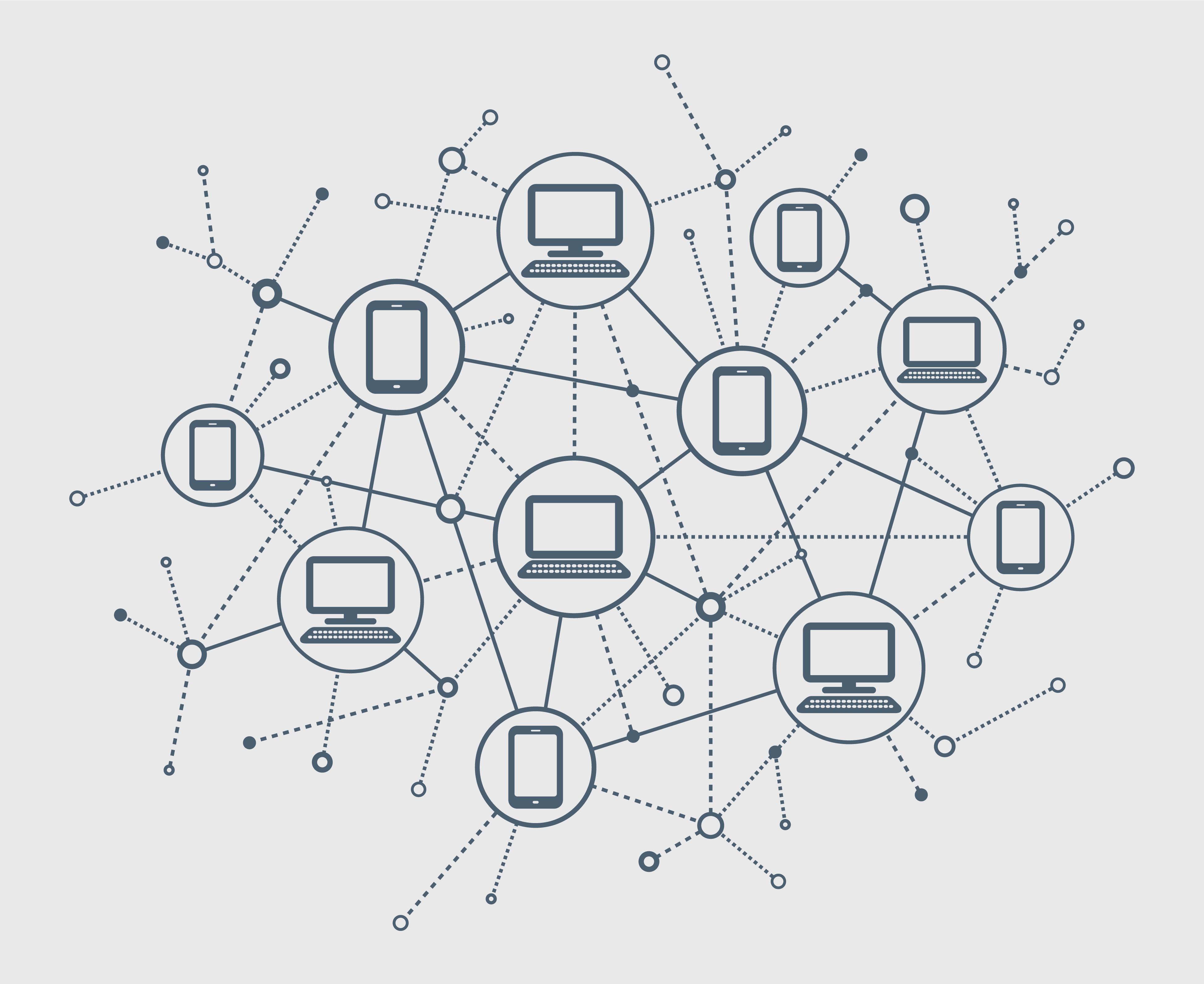Web3 enables peer-to-peer transactions and eliminates the need for intermediaries through the use of blockchain technology and smart contracts. Here’s how it works:
- Blockchain Technology: Web3 relies on blockchain technology, which is a decentralized and distributed ledger that records transactions across multiple computers or nodes. The blockchain maintains a transparent and immutable record of all transactions, ensuring trust and security in peer-to-peer interactions.
- Smart Contracts: Within the Web3 ecosystem, smart contracts play a crucial role. Smart contracts are self-executing contracts with the terms of the agreement directly written into code. They automatically execute transactions and enforce the agreed-upon rules without the need for intermediaries.
- Direct Peer-to-Peer Interactions: With Web3, individuals can engage in direct peer-to-peer interactions without relying on intermediaries such as banks, payment processors, or centralized platforms. They can interact directly with each other, transacting digital assets or exchanging value in a transparent and secure manner.
- Trust and Security: Web3 leverages cryptographic techniques to ensure trust and security in peer-to-peer transactions. Each transaction is digitally signed using private keys, providing proof of ownership and authenticity. The decentralized nature of the blockchain ensures that no single entity has control over the transaction process, reducing the risk of fraud or manipulation.
- Disintermediation: Web3 eliminates the need for intermediaries by decentralizing the transaction process. In traditional systems, intermediaries facilitate and validate transactions, charging fees and exerting control over the process. In Web3, the blockchain and smart contracts handle the validation and execution of transactions, removing the need for intermediaries and reducing associated costs.
- Programmable Money and Assets: Web3 enables the tokenization of assets, representing both physical and digital assets as tokens on the blockchain. These tokens can be programmed with specific rules and functionalities through smart contracts. This programmability allows for the automation and customization of transactions, further reducing the need for intermediaries.
By leveraging blockchain technology, smart contracts, and programmable assets, Web3 empowers individuals to engage in direct peer-to-peer transactions, eliminating the reliance on intermediaries and enabling a more decentralized and efficient exchange of value.
SHARE
